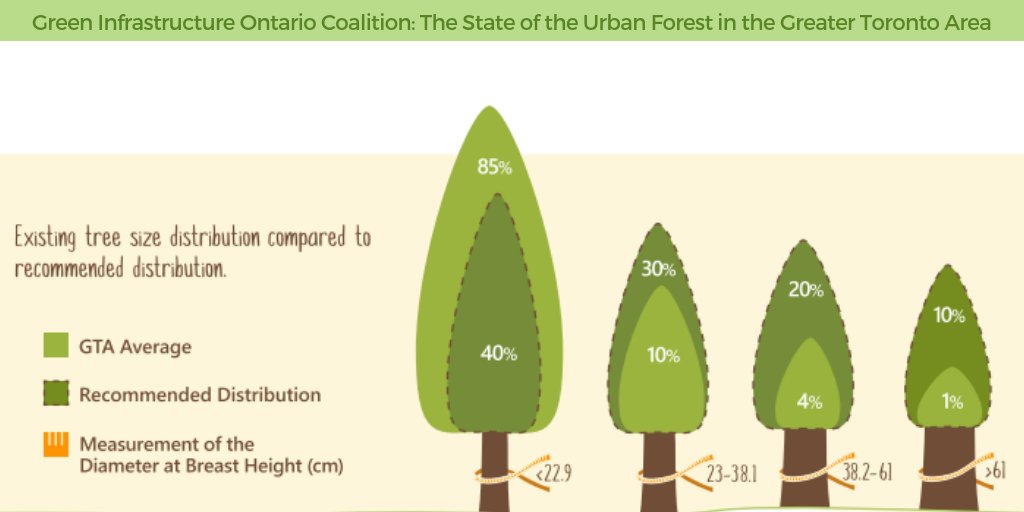Comprehensive Guide To Efficient Tree Debris Elimination Methods
Published By-Andersen Dinesen When tackling the task of tree debris removal, having a solid plan in place can make all the difference. By using critical approaches like arranging, making use of the right tools, and considering disposal choices, you can dramatically enhance your cleaning efforts. However, there's one vital element that often gets forgotten at the same time – an essential factor that can either make or break your whole elimination procedure. Remain tuned to reveal this vital aspect that will boost your tree debris elimination game to a whole new level.
Sorting and Categorizing Debris
When it comes to tree particles elimination, arranging and categorizing the particles is an important step in the procedure. By classifying the particles right into branches, leaves, branches, and larger pieces, you can improve the elimination process. This sorting permits you to dispose of different kinds of particles a lot more effectively, as branches might call for a various disposal method than fallen leaves or twigs. Separating the debris additionally assists in reusing efforts. As an example, branches can be damaged for compost, while leaves and twigs can be composted. By sorting the particles before removal, you not just make the cleanup process a lot more workable but also add to eco-friendly practices. Furthermore, arranging and identifying particles can help you recognize any unsafe materials such as sharp branches or poisonous plants. This information is vital for ensuring the safety and security of both on your own and those aiding with the elimination process.
Picking the Right Devices
To effectively tackle tree particles elimination, selecting the ideal devices is critical. The right devices can make the task much easier and more effective. For smaller sized branches and twigs, a set of pruning shears or loppers can be convenient. These devices permit you to cut through smaller sized debris swiftly and with precision. A power saw is crucial for larger branches and trunks, yet make sure to utilize it securely and put on safety equipment. A sturdy rake or fallen leave blower is useful for gathering fallen leaves and smaller sized particles into heaps for less complicated removal. A wheelbarrow or yard cart can aid transfer heavier particles to a disposal area. Furthermore, having a trustworthy set of job handwear covers, safety glasses, and ear protection is crucial to prevent injuries. Consider purchasing a wood chipper if you have a significant quantity of particles to process. This device can turn branches and other woody particles into mulch or compost material.
Disposal and Recycling Options
Consider the different disposal and reusing alternatives readily available to successfully handle the tree debris you have actually accumulated. One environmentally friendly choice is composting. By breaking down organic matter like leaves, branches, and twigs, you can develop nutrient-rich garden compost for your yard. Another option is to take the particles to a regional recycling center. Several centers have programs in place to reuse timber chips and branches right into mulch or various other beneficial products. In addition, some communities supply curbside pick-up for tree debris, which they then process for composting or recycling. If you have a big amount of tree debris, you might think about leasing a wood chipper to turn branches and arm or legs right into wood chips. These wood chips can be used for landscaping or as compost for your yard. Additionally, Proper Pruning Apricot Tree might employ an expert tree elimination service that will certainly manage the disposal and recycling of the debris for you. Whichever alternative you choose, make certain to comply with regional regulations and guidelines to guarantee proper disposal and recycling of tree particles. Final thought To conclude, by applying reliable techniques such as sorting debris, using the right devices, and using disposal choices, you can ensure a smooth and effective tree debris removal procedure. Putting in the time to organize and classify debris, choosing appropriate tools for the work, and thinking about eco-friendly disposal techniques can make a considerable difference in handling tree particles efficiently. Bear in mind, correct preparation and execution are key to a successful cleanup effort. 